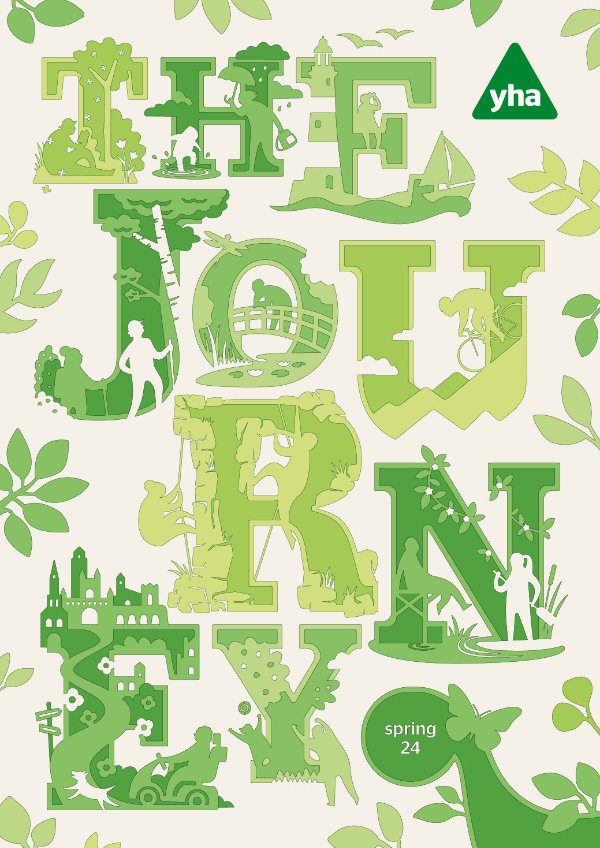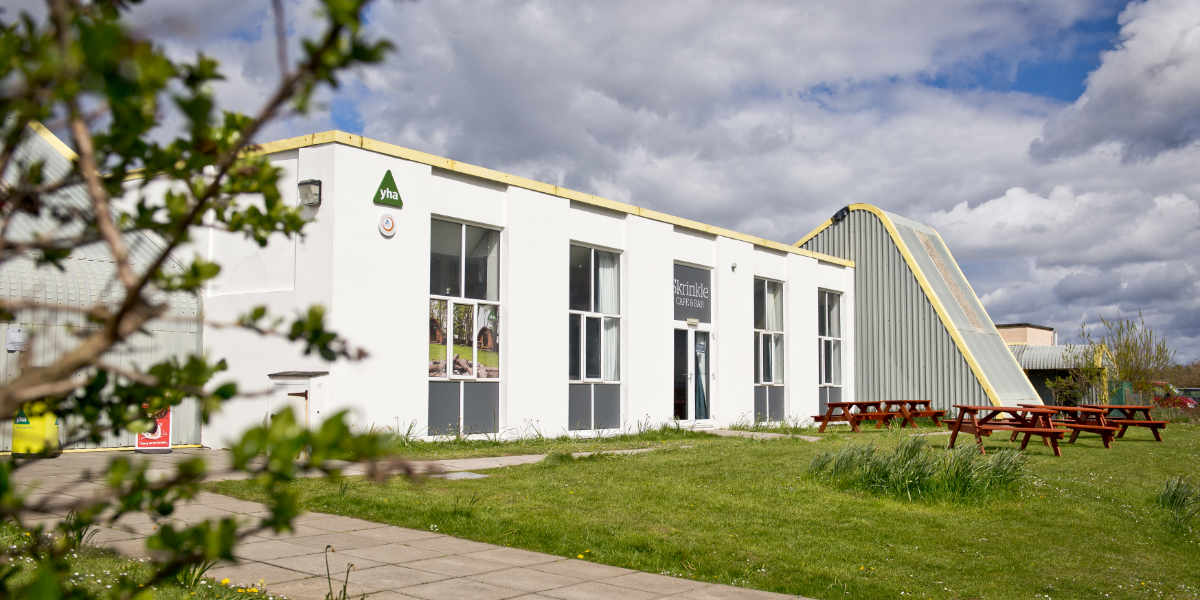The sight of rainbow-hued wings flip-flapping along hedgerows is one of nature’s surest signs that the warmer months have arrived. But do you know your brimstones from your blues? Here are nine of our most common butterfly species – see how many you can spot this year.
Speckled wood
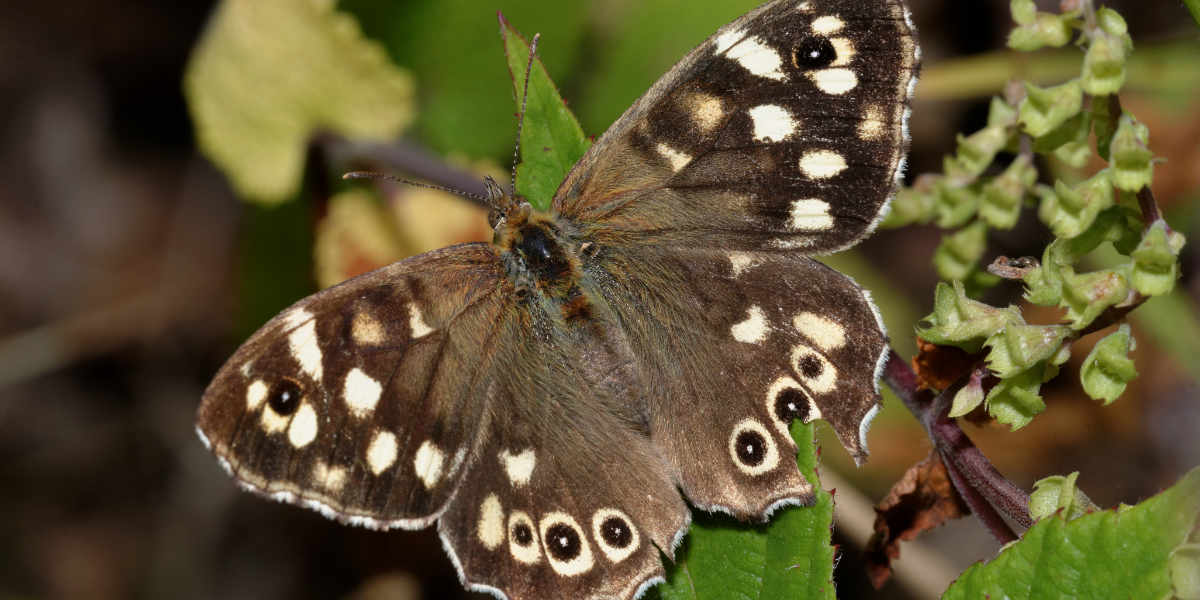
© Maciej Olszewski
This cream-spotted butterfly likes to bask on sun-dappled leaves with its wings open. Unlike many other species, it rarely visits flowers, preferring to feed on honeydew. They’re often seen spiralling in the air in pairs.
Orange-tip
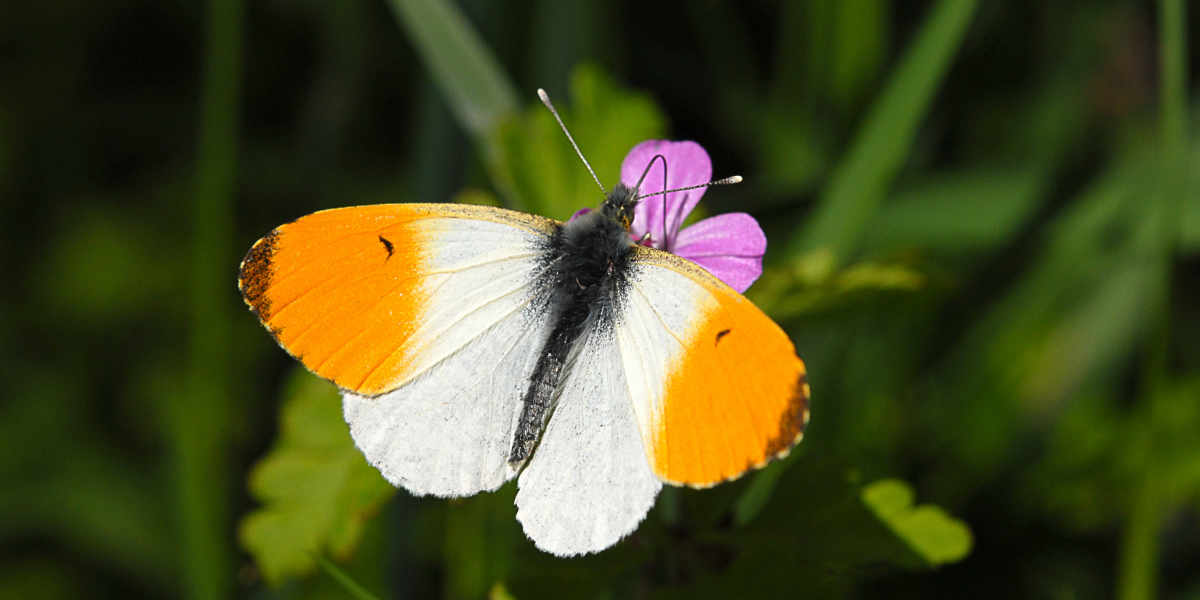
© Aynia
The orange-tip is another species which is early to emerge. Males have the unmistakeable coloured wingtips from which they take their name, while females have no orange. Both sexes have mottled green undersides.
Brimstone

© kathomenden
One of the first butterflies to appear each spring, brimstones have bright yellow uppersides if male and greenish white uppersides if female. Their buttery colour is thought to be the reason why butterflies have their name.
Meadow brown
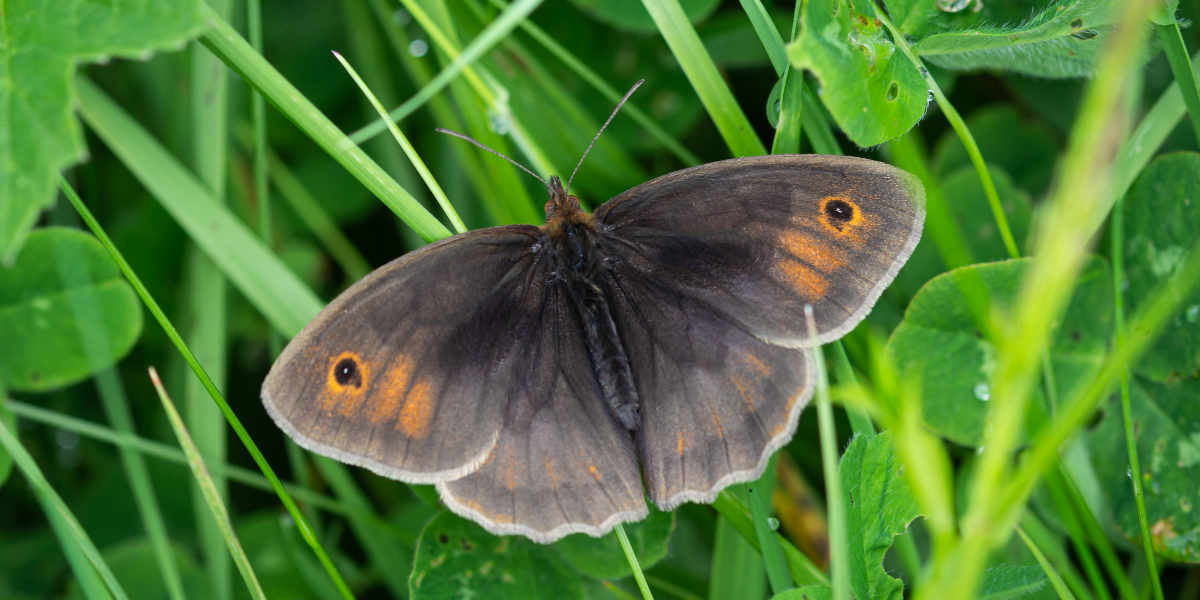
© Estuary Pig
The meadow brown might seem rather plain, but this neat little butterfly is also one of the most common in Europe. It looks similar to a gatekeeper – another abundant species – but has less orange in its wings.
Peacock
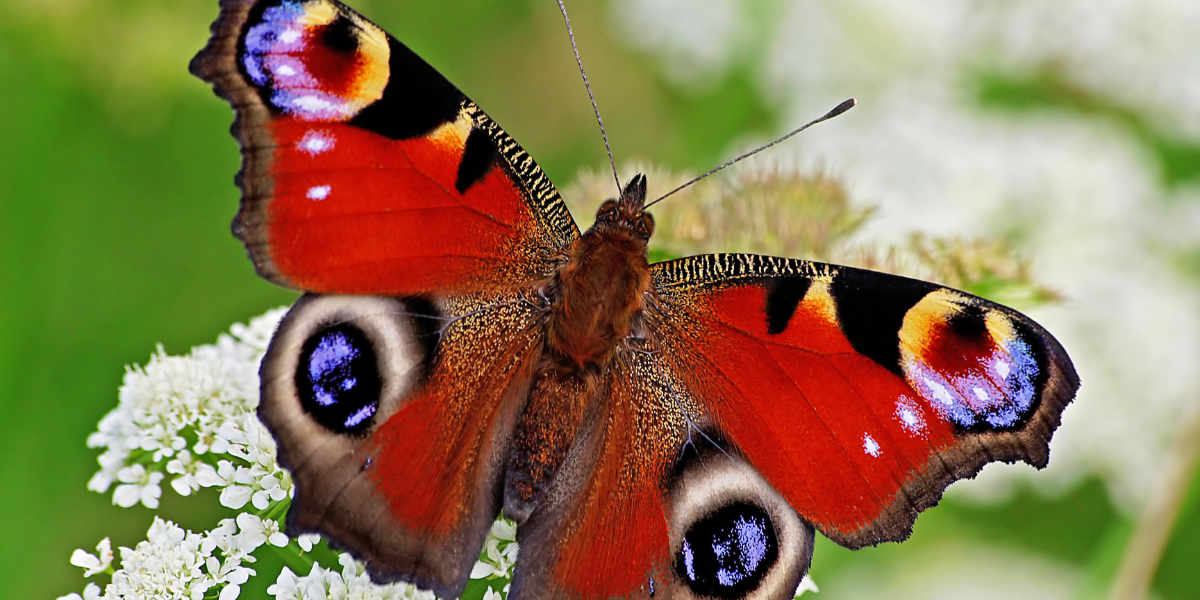
© Selcuk
A strong contender for the UK’s most beautiful butterfly, it takes its name from the distinctive eyespots also seen on peacock feathers. The purpose of these spots? To startle or confuse any nearby predators.
Small tortoiseshell
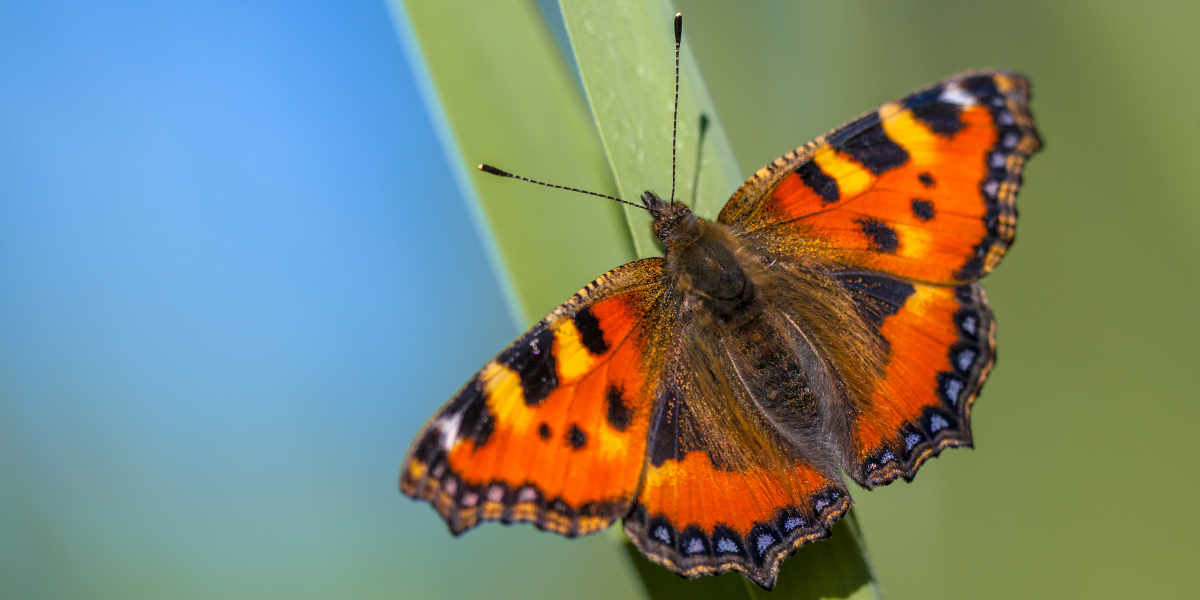
© creativenature.nl
The small tortoiseshell is one of Britain’s most recognisable butterflies, and a regular visitor to garden flowers right through until autumn. It’s known for its attractive pattern of spots, bars and warm colours.
Red admiral
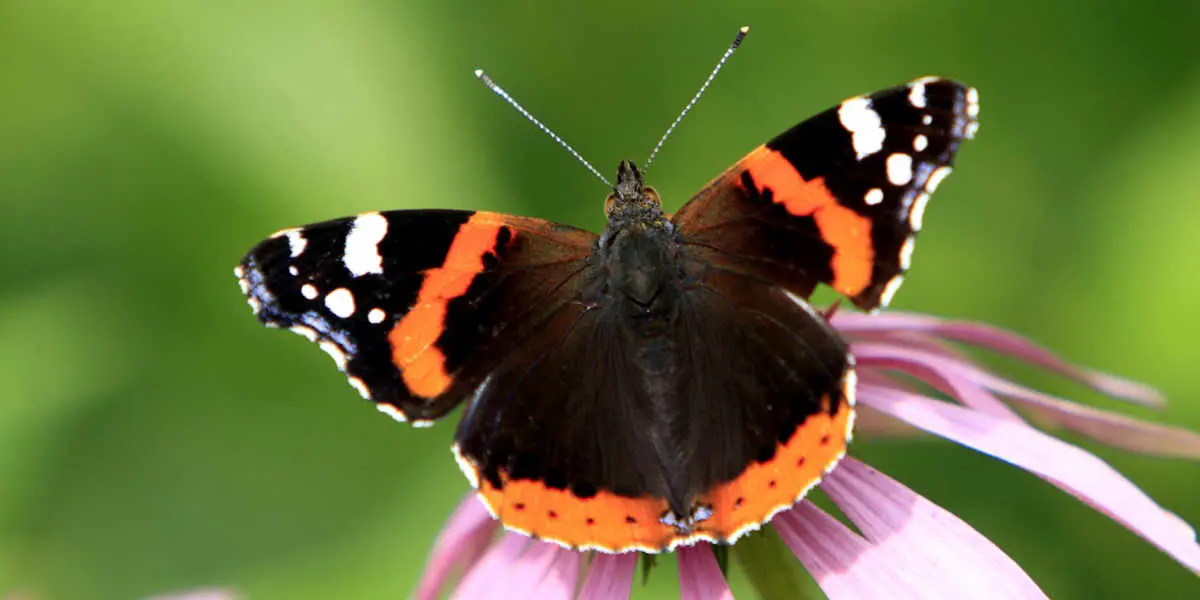
© Art Media Factory
When this large, showy butterfly appears in the UK each spring, it may well have migrated north from Europe or North Africa – though some overwinter in Britain. It’s thought that the name was originally ‘red admirable’.
Common blue
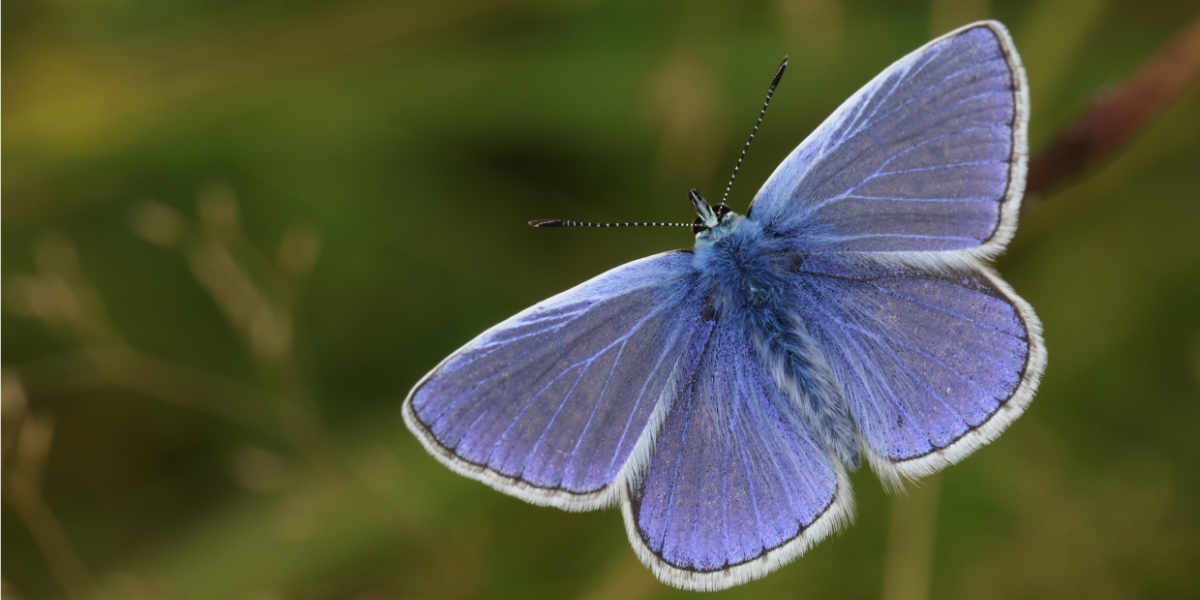
© Sandra Standbridge
Our most widespread blue butterfly is this charming, sky-coloured insect, found in a range of different grassy habitats. Females, which can sometimes be almost completely brown, tend to be less conspicuous than males.
Comma
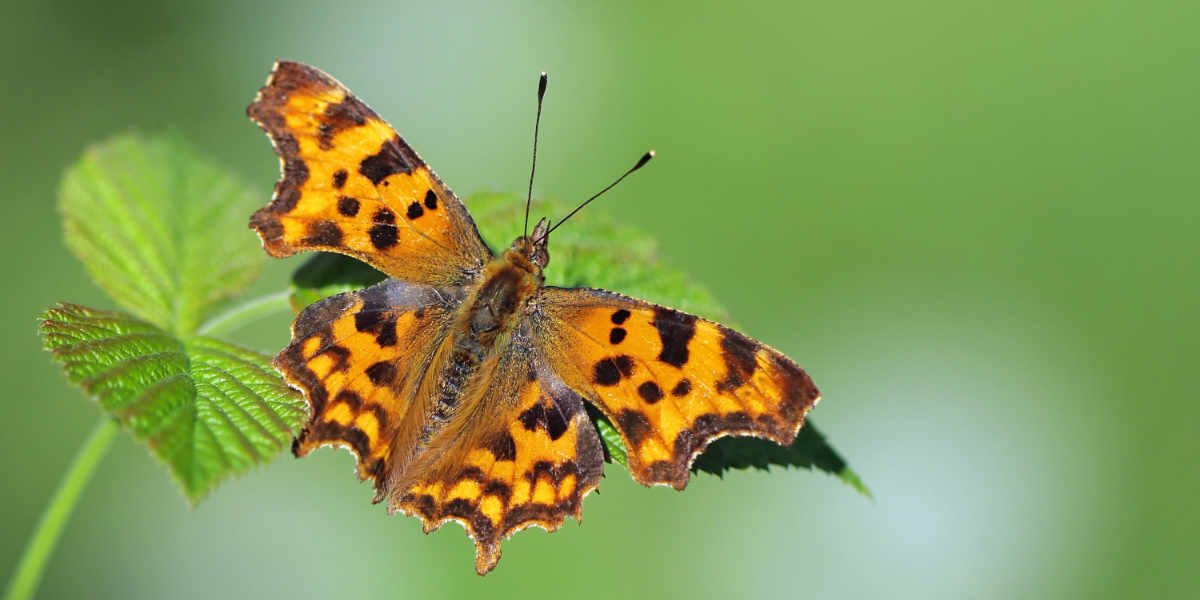
© butterfly-photos.org
Easily recognised thanks to its raggedy, scalloped wings, commas declined in numbers during the 20th century but are now making a comeback. The brown underside has one white marking – in the shape of a comma!
Photo credits: All images from AdobeStock
